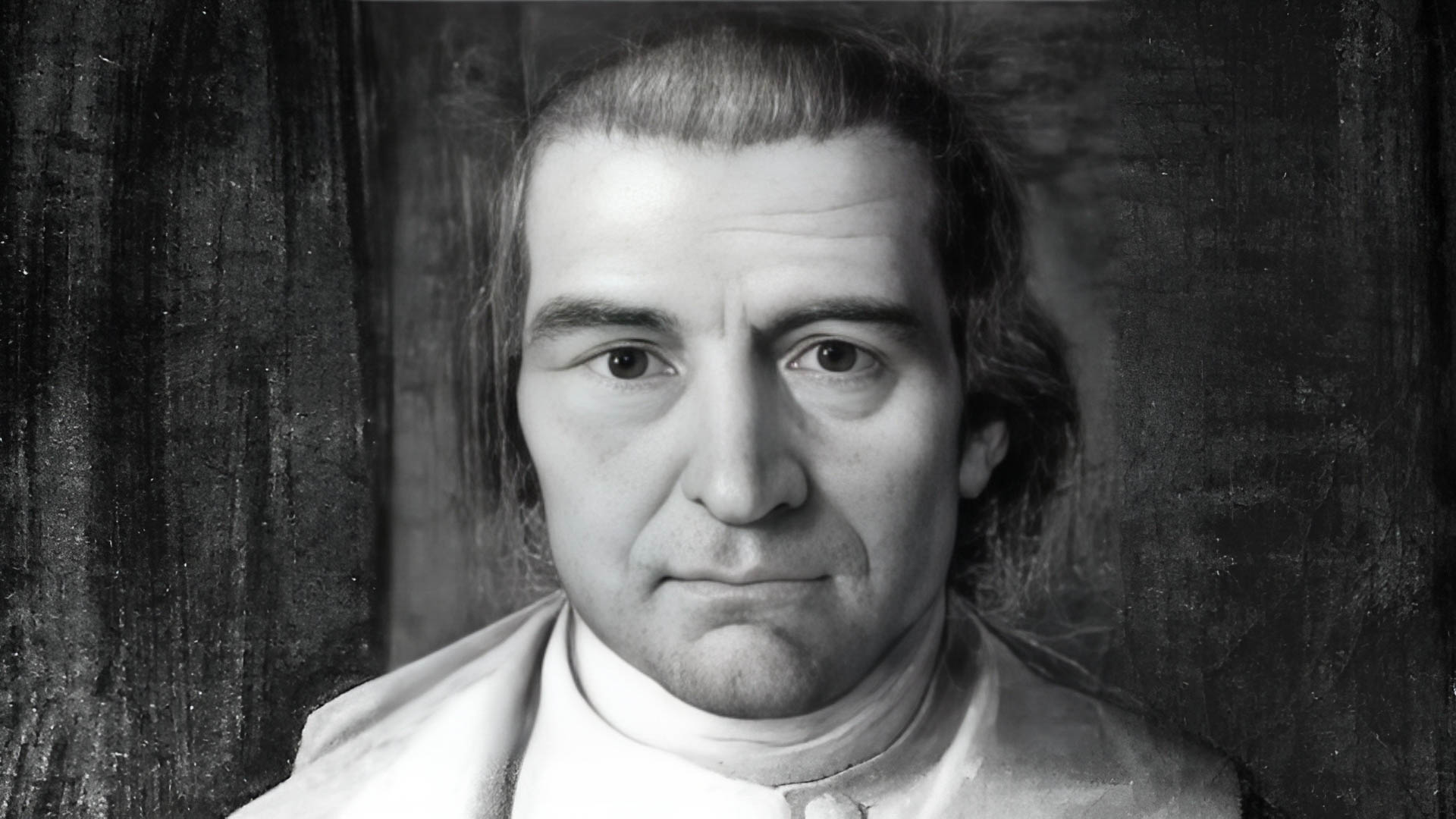Written by Tereza Ulcova

Alois Martin David was a Czech cartographer and astronomer born in a now no longer existing village Drevohryzy u Touzimi on the 8th of December, 1757. He died on 28th February, 1836 in the town of Tepla aged 78. His name is not as well-known in Czech history as Amos Comenius or King Charles IV nonetheless, he left his mark on it.
His academic career started in the local monastery and continued when he left for the city of Prague, where he studied philosophy, mathematics, and physics. He also studied theology as was common during this time period. He reached the title of doctor in 1790 and nine years later professor, but he was not only an academic but also a member of the monastery in Tepla where upon joining in 1780 accepted the name Alois.
Alois Martin David was an avid astronomer. In 1799 he became the director of the Klementinum Observatory, for the whole time in office he tried to better the quality of astronomical observation even using his own money to acquire more exact equipment. This was something typical for him as can be seen from the fact that even in his monastery he had built two observatories and collected a comprehensive astronomical library.
However, some might say that his biggest contribution was the mapping of the Bohemian Kingdom, putting many places literally on the map. He personally measured hundreds of coordinates of crucial locations. In today’s age of satellites and GPS, it can be difficult to imagine how complicated it used to be to determine the exact coordinates of a place to produce an accurate map. After all, geodesy is a field that even today requires in some cases measuring and remeasuring in person. Of course, one cannot reasonably compare the equipment used now and in the 19th century which makes the whole process significantly more complicated and taxing.
Alois Martin David as mentioned previously not only cast his gaze downwards but towards the sky as well. He extended the network of meteorological stations and had taken part in the very important comet research which was being conducted while he was in the office at the State Klementinum Observatory. Unfortunately, no comment or star is named after him, but his name lives on with the asteroid 6385 Martindavid named after him and discovered in 1989.